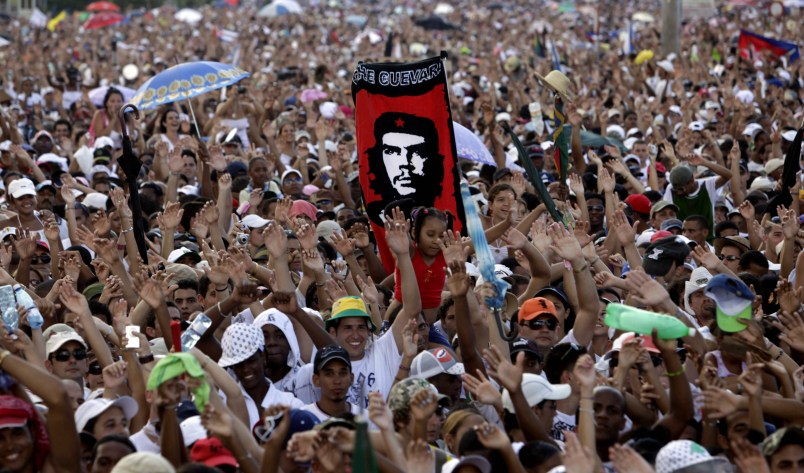The U.S. government secretly ran a Twitter-like communications network in Cuba aimed at encouraging an uprising against the island’s communist government, according to an Associated Press investigation published Thursday.
The United States Agency for International Development set up a text-based social media platform in 2009 called ZunZuneo, which is slang for a hummingbird’s tweet. The agency used shell companies in Spain and a Cayman Islands bank account to obscure the project’s true origins and circumvent Cuba’s strict Internet censorship.
Documents obtained by the AP showed that the U.S. government wanted to first attract subscribers to the service with news updates and then blast out political content once ZunZuneo gained popularity. The goal was to faciliate a sort of Cuban Spring, inspiring mass gatherings of people to “renegotiate the balance of power between the state and society,” as one document read.
The company charged with building the service, Mobile Accord Inc., was also gathering valuable intelligence about the Cuban subscribers including “gender, age, ‘receptiveness’ and ‘political tendencies,'” according to the AP.
But ZunZuneo had lost steam by the middle of 2012. The Cuban government caught onto the scheme by the time the service signed up just 40,000 subscribers in 2011, a former employee told the AP, and the company charged with finding an independent firm to take over the operation from the U.S. government failed in its search for new management.
Twitter co-founder Jack Dorsey met with a State Department official about potentially taking over funding for the project, according to documents obtained by the AP, although he declined comment on the matter.
The AP reported that the project’s legality was especially murky. Not only is it unclear if USAID had presidential authorization to operate ZunZuneo, as is required for any covert action by a federal agency, but the project may have also violated Spanish privacy laws.
But White House Press Secretary Jay Carney denied that the ZunZuneo project was a covert operation in a press briefing Thursday.
“This program was debated in Congress, reviewed by the GAO, not covert, not an intelligence program,” Carney said.
In any case, from the AP’s report it appears no anti-government messages were sent over ZunZuneo. One user, journalism student Ernesto Guerra Valdes, told the AP that he was stunned to learn that the U.S. government was behind the service.
“How was I supposed to realize that?” he said. “It’s not like there was a sign saying ‘Welcome to ZunZuneo, brought to you by USAID.'”
“Besides, there was nothing wrong. If I had started getting subversive messages or death threats or ‘Everyone into the streets,'” he added, “I would have said, ‘OK,’ there’s something fishy about this. But nothing like that happened.”
Read the whole investigation here.
This post has been updated.






